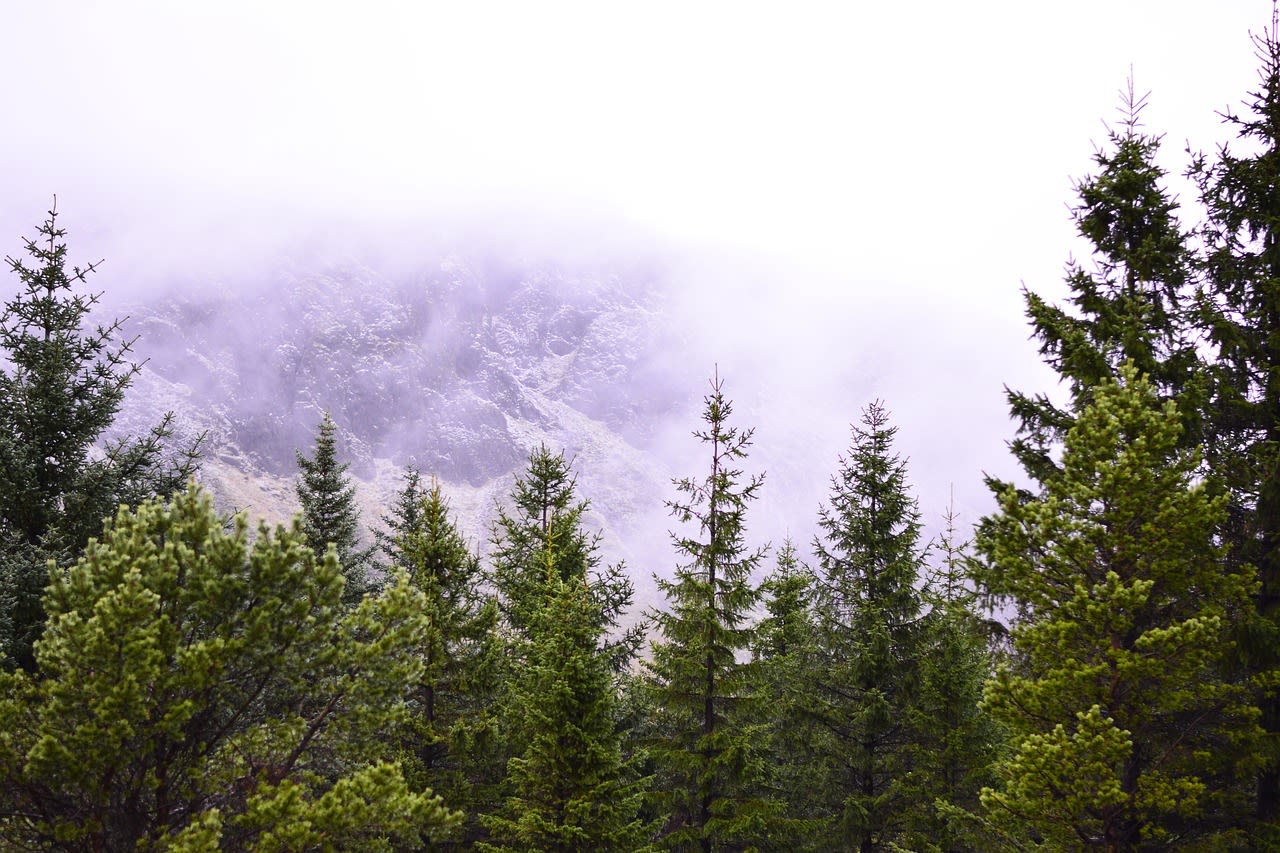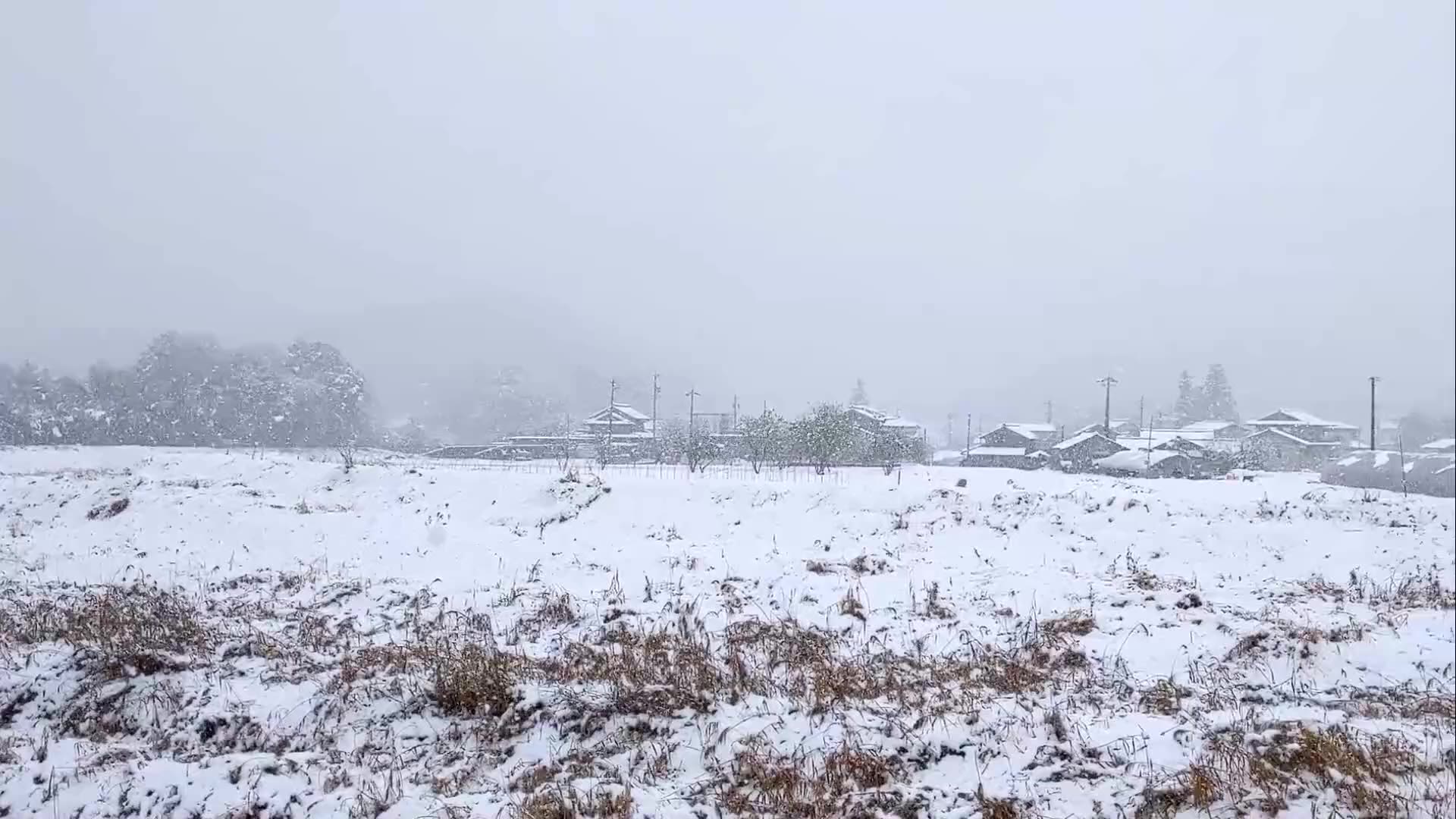ROOTLESS TREES
How a country without surnames became the best place to trace a family tree








Ask a genealogist what might be the most useful piece of information in tracing one’s female ancestors in the UK and they will almost undoubtedly say “surname”. Many a family tree enthusiast has been left with a stump where branches might have grown for want of such basic information.
They might have spent anything from hours to years trying to track down that elusive woman from centuries ago with nothing but a single clue: her first name. Why? Because the lives of women have been poorly recorded.
While men, dominant in a patriarchal society and head of the household, benefited from having their full names diligently documented on official records, women were often identified only by their Christian name. At the baptism of a child called Peter, for example, his father’s name would have been written in full as John Smith. His mother? Simply, Anne.
So how does one piece together Anne’s life before she married John? Her maiden name might have been recorded on her son’s birth record, though this was certainly not consistent nor free of human error. Many a registrar misheard or misspelt a name, recording the wrong information for prosperity - and that’s without adding the future pitfall of modern-day eyes trying to transcribe old handwriting.
If the fates aligned, however, a maiden name could have helped locate a marriage record and in turn reveal the names of both the bride and groom’s fathers, adding another branch to the tree. But without it, searching for a marriage between John Smith and someone called Anne - some of the most common names in existence - is the proverbial needle in a haystack.
Imagine, then, the prospect of researching a family tree in a country where no-one has a surname tying the family unit together. Instead, there are thousands of people whose last names are a blend of their ancestor’s first names, picked from an approved list of just a few thousand choices, merged with a gendered suffix.
In Iceland, children are typically given the first name of their father with the addition of “sson" or "dottir" (son or daughter) - a patronymic system adopted by the country centuries ago to preserve tradition and the Icelandic language. A child given the forename Oluf, for example, born to a man called Magnus, becomes Oluf Magnusson. His sister Anna, however, becomes Anna Magnusdottir.
Anna was the most common female name in Iceland in 2023. Magnus has long been a favoured choice for males but it is not as popular as Jon, which topped the country’s list of common baby’s names last year and increased Iceland’s Jon roll-call by 5,000. In the future, their children will add to the already thousands-long list of people called Jonsson or Jonsdottir.
On the face of it, a genealogist wishing to trace their Icelandic forebear might therefore approach the task with dread. If you want to trace a Jonsson, how do you - pun intended - bark up the right tree? And if people in the same family have different surnames, how do you know who is related to whom?
“You don’t,” laughs the Arctic Initiative’s Halla Logadottir, when asked the very same thing by the Harvard Belfer Centre. “But you can kind of trace it back.”


Indeed, the answer can likely be found in the Íslendingagbók, which welcomes visitors to its website with the (depending on how you read it) slightly menacing tagline “we are all related”. It claims to be the only genealogical database in the world that covers an entire nation, containing ancestral information about more than 95% of all Icelanders who have lived since the country’s first census in 1703.
In total, Íslendingagbók says it has the detailed ancestry of approximately 860,000 individuals, or to put it another way, most all the individuals for whom records can be found. And for the 410,000 of those born in the 20th Century, the database maps connections with both parents in 95.5% of cases. No desperate searches for a mother’s full name required there then.
In fact, Íslendingagbók is a genealogist’s dream. Where other countries’ records are patchy and/or incomplete, Iceland has the rare advantage of having recorded practically everyone who has ever lived there. It’s a feat that wouldn’t have been possible without a cultural penchant for meticulously keeping birth and deaths records, settlement books, church registers and regular censuses that has stretched back centuries.
Tour operator Reykjavik Excursions calls the country’s shared interest in family history a “national obsession” that makes it one of the easiest places to research a family tree - even taking into account the apparent stumbling block of potentially beginning a search with a common name shared by thousands.
Because the sheer volume of available information means leads can be researched, rejected and confirmed quicker than elsewhere. There might be thousands of Jonssons but if you know the name of his spouse, or his parents, or a vague idea of where he lived, you can bet your last kroner there’s a record of it.
In the understated words of Íslendingagbók’s creator Kári Stefánsson: “We have always loved genealogy as part of our culture”. Those with Icelandic ancestors can rejoice that such a wealth of complete information awaits them.


